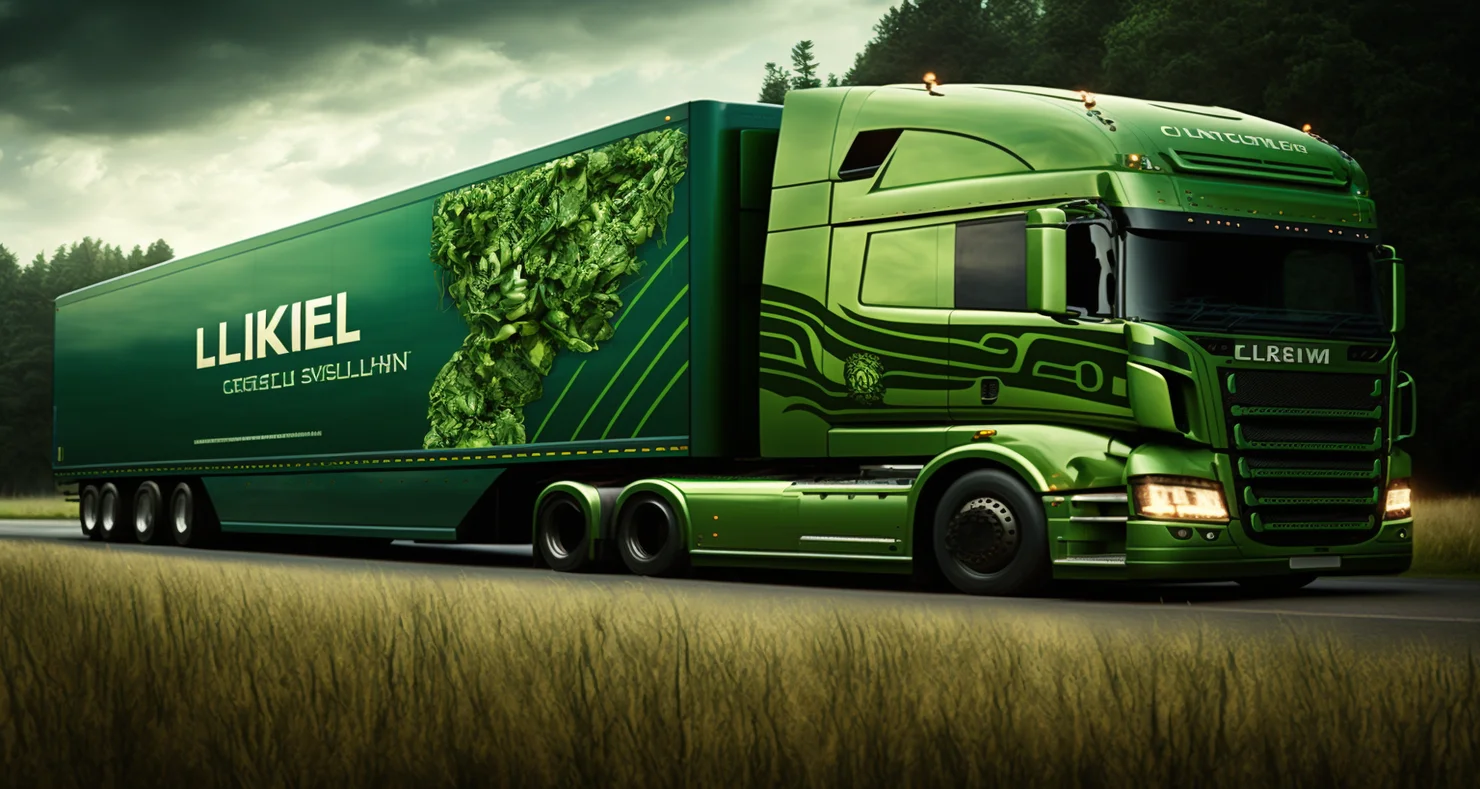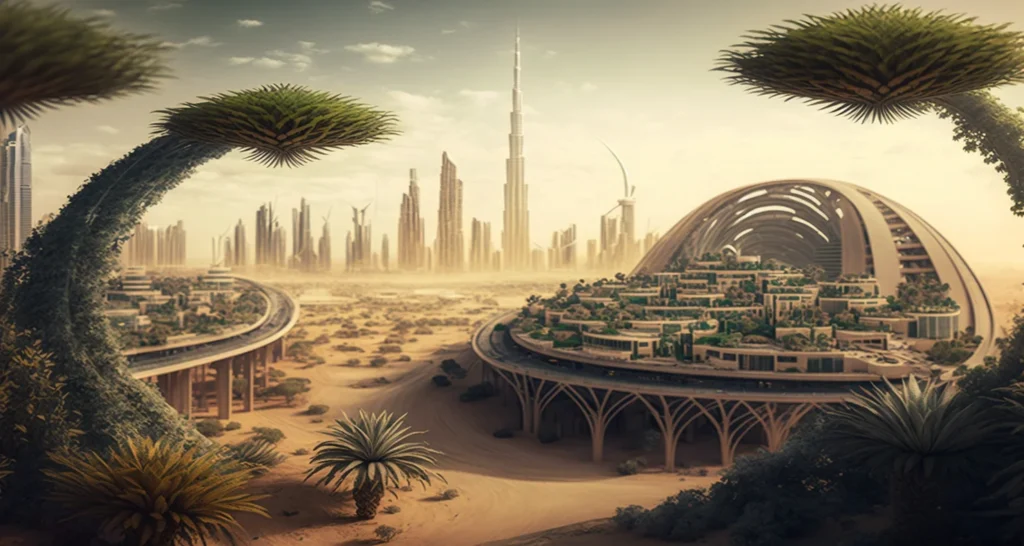As the world becomes more environmentally conscious, the logistics industry is also evolving to become more sustainable. Green logistics, or eco-friendly logistics, is the concept of reducing the environmental impact of transportation and distribution activities. In this article, we will discuss the development of green logistics until 2050 and its interesting facts.

One of the main drivers of green logistics
is the need to reduce carbon emissions. According to the International Energy Agency (IEA), the transportation sector is responsible for approximately 24% of global energy-related CO2 emissions. The logistics industry alone accounts for around 5% of global CO2 emissions. With the increasing demand for goods and services, the logistics industry’s carbon footprint is expected to grow unless action is taken to reduce emissions.
To address this issue, many logistics companies are adopting green logistics practices. One of the most effective ways to reduce emissions is to shift from fossil fuels to renewable energy sources. Electric vehicles (EVs) and hydrogen-powered vehicles are becoming increasingly popular in the logistics industry.
For example, Amazon has ordered 100,000 electric delivery vans from Rivian, and DHL plans to have 14,000 EVs in its fleet by 2030.
Another trend
in green logistics is the use of alternative transportation modes, such as rail and inland waterways, which emit fewer greenhouse gases than road transport. Intermodal transportation, which involves using multiple modes of transportation, is also gaining popularity as a way to reduce emissions and improve efficiency.

In addition to reducing emissions, green logistics also focuses on reducing waste and improving sustainability. This includes minimizing packaging, optimizing delivery routes to reduce fuel consumption, and using renewable energy sources in warehouses and distribution centers. Some companies are even using drones and autonomous vehicles to reduce delivery times and improve efficiency.
The growth of green logistics is expected to continue until 2050. According to a report by Research and Markets, the global green logistics market is expected to grow at a CAGR of 10.26% from 2020 to 2027, reaching a market size of $1.57 trillion by 2027.
The report cites increasing government regulations and consumer demand for sustainable products and services as key drivers of this growth.
In conclusion,
green logistics is the way of the future. As the logistics industry becomes more aware of its environmental impact, companies are adopting eco-friendly practices to reduce emissions and improve sustainability. With the increasing demand for sustainable products and services, the green logistics market is expected to continue to grow until 2050 and beyond. It is a positive step towards a more sustainable future for all.













